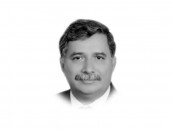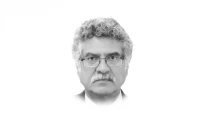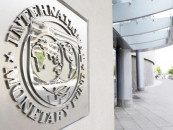Accounts of peace and terror
The terror index quantifies human intent, action and agony, but the study of terrorism is a useful way to tackle it.

Although obvious, it is somewhat an irony that the study finds North America is the region least likely to suffer from a terrorist attack. The US, which could reasonably consider itself to be the global target of hate and jealousy, should be pleased with the report. Assumed, intuitively, to be a major target for terrorist attacks, it has dropped from rank one in 2002 to 41 in 2012. After the US military intervention in Iraq, an escalation of terror attacks have occurred in Iraq itself, of course; but the next big increases have been seen in Pakistan and Afghanistan, in that order.
Besides, the objects of the terrorist attacks are not the other obvious ones even by way of categories. The GTI study has found that private citizens, government facilities and the police are the three most common targets of terrorism. Military targets comprise only four per cent of the attacks and religious persons and institutions together account for less than five per cent. So, like its sibling’s jealousy and hate, terror seems to find its realisation in objects closest to it. The problem, as the study notes, is that religious terrorism simply gets better coverage.
The index has been produced by the global think tank Institute for Economics and Peace (IEP), which has offices in Sydney, New York and Washington, DC, and is based on data sourced from the Maryland-based National Consortium for the Study of Terrorism and Responses to Terrorism (START); an institution established by the US Department of Homeland Security. The START database has information on more than 100,000 cases of terrorism. The rankings are based on the number of terrorist attacks, fatalities, injuries and the extent of property damage caused through the attacks.
The study’s definition of a terror attack will likely be disputed because it “excludes perceived acts of state terror, such as drone attacks resulting in civilian casualties.” The US, therefore, ranks way down in the list. Apart from Iraq, the stand-out candidate, the study notes that Pakistan, India, and Afghanistan were the countries that most “influenced the steep increase in terrorism from 2002 to 2009.” And terror has a high success rate; in 2011, the attacks scored nine times out of 10.
The study, in an interesting diversion, found that “while corruption did not correlate globally”, the world’s top 10 in the terror index scored way below the average in the World Bank and Transparency International indices of the most-corrupt nations. The other curious discovery of the study is that poorer countries are much less likely to suffer from terrorism than lower middle-income countries.
In June this year, the same think tank put out a Global Peace Index which ranked India at 142 out of 158 and Pakistan at 149, but ahead of Russia at 153. But in that list, it was Somalia, not Iraq, that finished at the bottom. The terror index, according to the think tank, is the first index to systematically analyse and compare the impact of terror attacks on countries.
The production of a terror index quantifies human intent, action and agony but the think tank believes the study of terrorism is a useful way to tackle it. “The aim of the GTI is to systematically analyse and quantify the phenomenon,” according to IEP’s executive chairman, Steve Killelea. Its partner database organisation, START, set up by US homeland security as an institute of excellence, even offers a fully-online, open-enrolment graduate programme at the University of Maryland to analyse terror with the tagline: “Think like a terrorist”.
Published in The Express Tribune, December 7th, 2012.













COMMENTS
Comments are moderated and generally will be posted if they are on-topic and not abusive.
For more information, please see our Comments FAQ